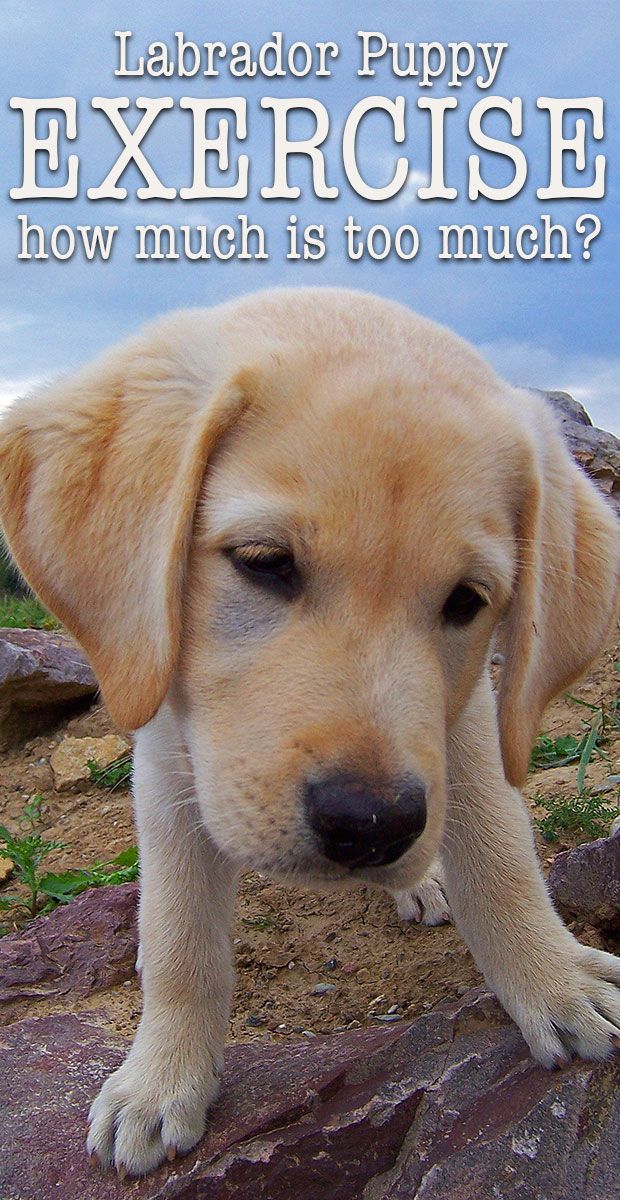Lab Puppy How Much Activity

And the dogs in our lives are no different. Dogs are built for activity. In fact, stray cats and dogs can travel 20 to 30 miles (32 to 48 kilometers) a day. Their domesticated counterparts certainly don't need to cover that much ground every day, but they still need to be regularly moving on all fours.
Lab puppy how much activity. Feeding a Labrador puppy the right kinds of food—in the right quantity and appropriate intervals—sets them up for steady, healthy growth.. New dog owners can choose between feeding a Labrador Retriever puppy wet or dry commercial diets. Or, they can choose to prepare raw or cooked meals from scratch at home. Indeed, part of the aim of ‘getting a dog’ for many people is to enjoy the shared experience of taking the dog for a walk. So it can come as quite a surprise to new puppy owners to be told the they are giving their puppy too much exercise, or walking the puppy too far. For a 66-pound Lab with low activity feed 4-1/4 cups, medium activity feed 4-7/8 cups, and high activity feed 5-1/2 cups. For a 75-pound Lab with low activity feed 4-5/8 cups, medium activity feed 5-3/8 cups, and high activity feed 6-1/8 cups. For an 84-pound Lab with low activity feed 5 cups, medium activity feed 5-3/4 cups, and high activity. Ideally, a healthy lab puppy should have a slight waistline and be active and energetic. By the time, your puppy is 6 months old, their weight should be somewhere around 50 pounds. But apart from that, they should also have a body condition score of 4 to 5.
When you get your puppy at about 8 weeks of age it should weigh approximately 13-14 lbs. As the puppy gets older the accepted lab puppy weight is 2 lbs for each week of age. Therefore, your lab puppy weight at 12 weeks should be about 24 lbs. Remember that female Labradors generally weigh less than male Labradors. How much they need will vary depending on the heat, their recent activity levels and their diet (a puppy eating dry kibble needs more water than if eating wet food) and it’s rare for a puppy to drink to excess. So let them decide. A Lot According to Our New Puppy Exercise Guidelines! There seem to be two approaches to exercising puppies by well-meaning owners. There are those who do too much too soon with their pups, starting repetitive, concussive exercises like weave poles much too soon. However, you still need to ensure your puppy is getting enough activity to burn off excess energy. Talk to your vet or breeder if you have any questions about your puppy’s physical needs.
There is a large variety of high-quality puppy food available for you to feed your lab. When looking for a puppy food for your labrador, look at labels that meet the Association of American Feed Control Officials (AAFCO) nutrient profiles for “growth,” “all life stages,” and “including growth of large size dogs.” Foods with these labels meet the nutrient guidelines for the proper. Running around with adult dogs, meanwhile, is bad (the puppy will overdo it trying to keep up with the big guys). Fence-running, excessive ball/stick/Frisbee chasing, and jogging with the owner are considered "forced exercise," too. Most importantly, watch your puppy carefully for signs of excessive tiredness or lameness, as this could be more than just a symptom of too much exercise and could be a sign of a more serious problem. By Paula Fitzsimmons. Exercise provides your dog with a myriad of physical and mental benefits. “It keeps joints limber and promotes good range of motion, maintains muscle mass, which can help prevent injury, and helps to maintain cardiovascular health, decrease obesity, or maintain appropriate weight,” says Dr. Wanda Gordon-Evans, an associate professor at the College of Veterinary.
Whereas more strenuous activity such as climbing hills and stairs, may not be such a good thing at a very young age.. I have a 14 week old black lab puppy. He is very energetic and loves to play. I typically take him for one or two ten minute walks a day and he does very well on the walks. That's a big mistake. Without training, a rambunctious Lab puppy will soon grow to be a very large, rowdy dog. Luckily, Labs take to training well; in fact, they often excel in obedience competitions. How much exercise and what kind to puppies really need? All dogs need some movement, but for a puppy, just some playtime with you in the living room will suffice. (Not only is this enough exercise for your puppy, this is crucial bonding activity to create a connection with the dog, make him feel secure, and establish your dominance.) I am planning on getting a lab puppy in a few weeks. She will be 8 weeks old when she comes home. I was planning on taking her on 2 short, 15 minute walks per day, plus play outside with her for about twenty minutes. Is this too much exercise for a young puppy? However, this was the schedule I was planning on keeping throughout her lifetime.








![Chocolate Lab Puppy Names [Slideshow] someday](https://s-media-cache-ak0.pinimg.com/736x/79/1f/4a/791f4ab756aa13af4bc77d460c970ab3--chocolate-labrador-puppies-chocolate-labradors.jpg)










